Home>Furniture & Design>Bathroom Accessories>How To Keep A Shower Curtain Rod From Falling
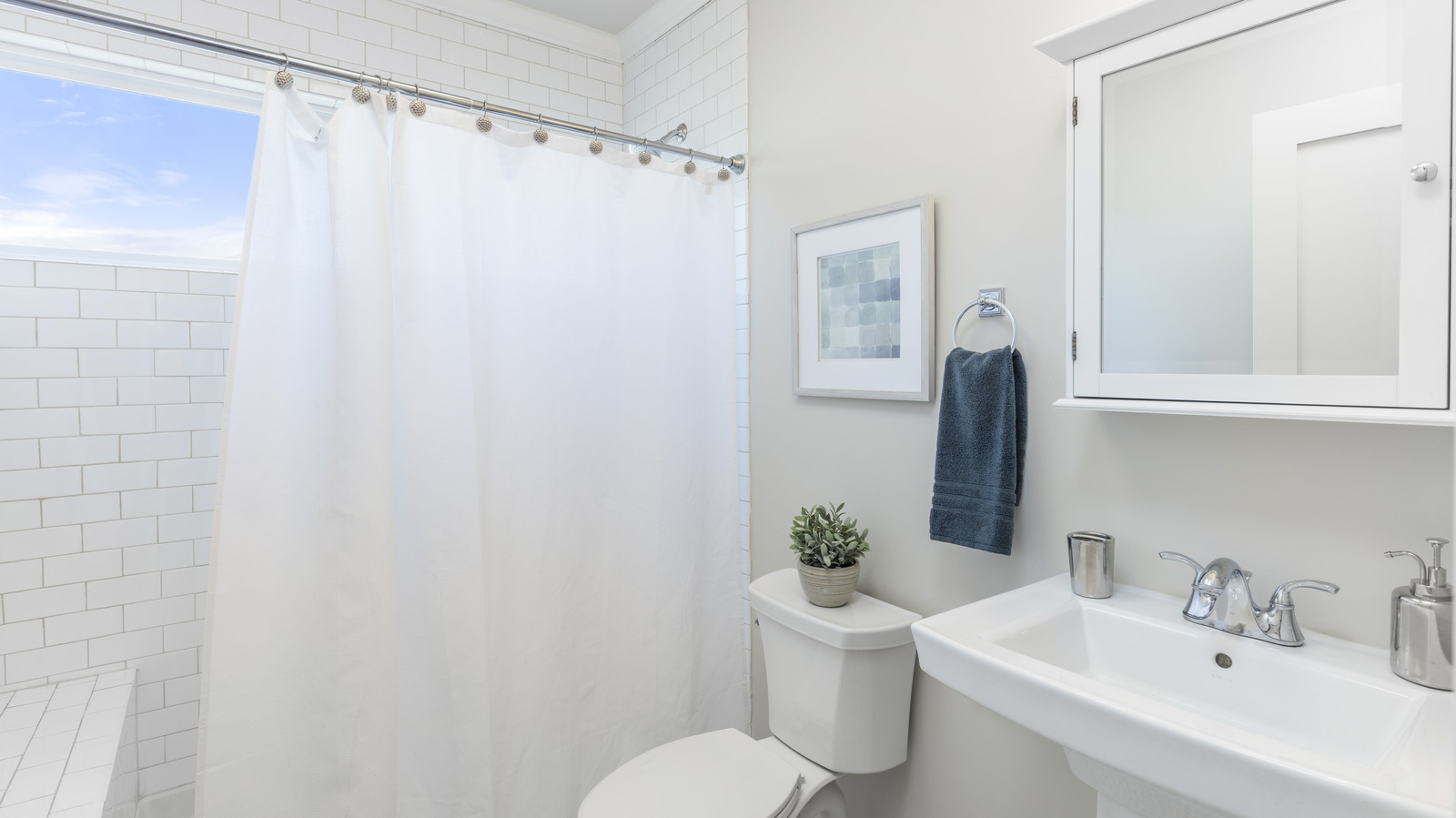

Bathroom Accessories
How To Keep A Shower Curtain Rod From Falling
Modified: February 18, 2024
Discover effective tips for preventing your shower curtain rod from falling in the bathroom. Explore reliable bathroom accessories and solutions.
(Many of the links in this article redirect to a specific reviewed product. Your purchase of these products through affiliate links helps to generate commission for Storables.com, at no extra cost. Learn more)
Introduction
A shower curtain rod falling can be a frustrating and potentially hazardous issue in any bathroom. Whether it's due to improper installation, wear and tear, or subpar hardware, dealing with a shower curtain rod that won't stay in place can be a recurring headache. However, with the right knowledge and proactive measures, it's possible to prevent this common problem and maintain a secure and stable shower curtain rod.
In this comprehensive guide, we will delve into the various causes of shower curtain rod instability and provide practical tips for preventing such occurrences. By understanding the underlying factors and implementing effective solutions, you can ensure that your shower curtain rod remains securely in place, offering both functionality and peace of mind.
Let's explore the common reasons behind shower curtain rod instability and discover the best strategies for keeping it firmly anchored. Whether you're a homeowner, a renter, or a professional in the home improvement industry, this guide will equip you with the essential insights and techniques to address this prevalent issue and maintain a safe and reliable shower area.
Key Takeaways:
- Don’t let your shower curtain rod be a headache! Proper installation, supportive hardware, and regular maintenance can keep it secure and stable, preventing frustrating falls and ensuring a safe shower area.
- Keep your shower curtain rod in place! Use high-quality hardware, choose the right materials, and be mindful of weight and tension. With proactive measures, you can prevent instability and enjoy a reliable shower setup.
Read more: How To Prevent A Shower Rod From Falling
Understanding the Causes of Shower Curtain Rod Falling
Shower curtain rod falling is a common issue that can stem from various factors. Understanding the underlying causes is crucial in effectively addressing and preventing this problem. Here are the primary reasons behind shower curtain rod instability:
-
Improper Installation: One of the leading causes of shower curtain rod falling is improper installation. If the rod is not securely anchored to the wall or ceiling, it is prone to shifting and eventually coming loose. This can occur when the mounting hardware is not properly aligned or when inadequate support is provided during installation.
-
Low-Quality Hardware: The use of low-quality or worn-out hardware can significantly contribute to shower curtain rod instability. Over time, screws may become loose, wall anchors may deteriorate, and brackets may lose their grip, leading to a weakened and unstable mounting system.
-
Excessive Weight and Tension: Heavy or waterlogged curtains, as well as excessive tension from pulling or tugging on the curtain, can strain the rod and its mounting hardware. This added weight and stress can gradually weaken the rod's stability, causing it to eventually give way.
-
Material Deterioration: The material composition of the shower curtain rod itself can also be a contributing factor. Over time, metal rods may corrode or rust, weakening their structural integrity. Similarly, plastic or wooden rods may degrade, leading to diminished support and an increased risk of falling.
-
Environmental Factors: Environmental conditions, such as high humidity and moisture levels in the bathroom, can accelerate the deterioration of the rod and its mounting hardware. This can lead to corrosion, rust, and material degradation, all of which compromise the rod's stability.
By understanding these causes, individuals can take proactive measures to prevent shower curtain rod falling and ensure a secure and reliable setup in their bathrooms. Implementing the appropriate strategies and maintenance practices can effectively mitigate these issues, promoting a safe and functional shower area.
Tips for Preventing Shower Curtain Rod from Falling
Preventing a shower curtain rod from falling requires a proactive approach that addresses the root causes of instability. By implementing the following tips and strategies, individuals can effectively safeguard their shower curtain rods and maintain a secure and reliable setup in their bathrooms.
-
Proper Installation Techniques: Ensure that the shower curtain rod is installed correctly, with secure anchoring to the walls or ceiling. Use a level during installation to guarantee proper alignment, and follow the manufacturer's guidelines for mounting the rod. Additionally, consider using high-quality mounting hardware, such as sturdy screws and durable wall anchors, to enhance the rod's stability.
-
Using Supportive Hardware: Consider utilizing supportive hardware, such as tension rods with non-slip end caps or brackets that provide additional reinforcement. These accessories can help distribute the weight of the curtain and minimize strain on the rod and its mounting points, reducing the risk of instability over time.
-
Regular Maintenance and Inspection: Implement a routine maintenance schedule to inspect the condition of the shower curtain rod and its associated hardware. Check for any signs of wear, corrosion, or material degradation, and promptly address any issues to prevent further deterioration. Tighten screws and fasteners as needed to maintain the rod's stability.
-
Choosing the Right Material: When selecting a shower curtain rod, consider the material composition and its resistance to environmental factors. Stainless steel or aluminum rods are often preferred due to their corrosion resistance, making them suitable for high-moisture bathroom environments. Additionally, opt for rust-resistant hardware to prolong the longevity of the mounting system.
-
Optimizing Curtain Weight and Tension: Be mindful of the weight and tension exerted on the shower curtain rod. Choose lightweight or quick-drying curtains to minimize the strain on the rod and its mounting points. Avoid pulling or tugging on the curtain excessively, as this can gradually weaken the rod's stability over time.
By incorporating these preventive measures, individuals can effectively mitigate the risk of shower curtain rod falling and maintain a secure and durable setup in their bathrooms. Proactive maintenance, proper installation techniques, and the use of supportive hardware are essential components of a comprehensive approach to preventing instability and ensuring a safe and functional shower area.
Using Proper Installation Techniques
Proper installation techniques are fundamental in ensuring the stability and reliability of a shower curtain rod. When installing a shower curtain rod, it is essential to prioritize secure anchoring and precise alignment to prevent potential issues such as rod slippage or detachment from the mounting surface.
To begin, it is crucial to select a suitable location for the installation of the shower curtain rod. This typically involves identifying the optimal height for the rod, considering factors such as the curtain length and the desired distance from the shower or bathtub. Once the location is determined, it is important to use a level to ensure that the rod is installed horizontally, preventing any uneven weight distribution that could compromise its stability.
When mounting the rod, it is advisable to follow the manufacturer's guidelines and recommendations for the specific type of rod being installed. This may involve using specific types of mounting hardware, such as screws and wall anchors, to securely fasten the rod to the wall or ceiling. Utilizing high-quality hardware that is appropriate for the mounting surface can significantly enhance the overall stability of the installation.
Additionally, for tension rods, it is essential to adjust the rod to the appropriate length before securing it in place. This ensures a snug fit within the designated space, minimizing the risk of slippage or movement over time. Proper adjustment and secure locking mechanisms are critical in maintaining the tension rod's stability and preventing it from falling.
Furthermore, when installing a shower curtain rod, it is important to consider the weight it will bear, particularly when supporting heavy or waterlogged curtains. Choosing a rod with a higher weight capacity and ensuring that it is securely anchored to the wall or ceiling can help prevent potential issues related to excessive weight and strain.
By prioritizing proper installation techniques, individuals can establish a strong foundation for a stable and secure shower curtain rod. This proactive approach not only minimizes the risk of the rod falling but also contributes to a safe and functional shower area, providing peace of mind for homeowners and occupants alike.
Use a non-slip rubber grip or adhesive wall hooks to secure the ends of the shower curtain rod in place. This will prevent it from slipping or falling down.
Using Supportive Hardware
When it comes to maintaining the stability and reliability of a shower curtain rod, the utilization of supportive hardware plays a pivotal role in enhancing its overall strength and resistance to potential instability. Supportive hardware, such as tension rods with non-slip end caps or brackets designed for additional reinforcement, can effectively distribute the weight of the curtain and minimize strain on the rod and its mounting points.
Tension rods equipped with non-slip end caps are specifically designed to create a firm and secure grip against the walls, providing increased resistance to slippage or movement. These end caps, often constructed from durable materials such as rubber or silicone, exert a strong grip on the mounting surface, effectively preventing the rod from shifting or falling. Additionally, the non-slip feature minimizes the need for frequent readjustment, ensuring that the rod remains securely in place over time.
In the case of brackets designed for additional reinforcement, these accessories are strategically positioned along the length of the rod to provide supplementary support and stability. By distributing the weight of the curtain across multiple mounting points, brackets help alleviate the strain on individual sections of the rod, reducing the risk of instability and potential detachment. Furthermore, brackets with robust fastening mechanisms contribute to a more secure and durable installation, offering peace of mind to homeowners and occupants.
Moreover, when selecting supportive hardware, it is essential to consider the material composition and durability of the components. Opting for hardware constructed from high-quality materials, such as corrosion-resistant metals or sturdy polymers, ensures long-term reliability and resistance to environmental factors. Rust-resistant hardware is particularly advantageous in high-moisture bathroom environments, where exposure to humidity and moisture can accelerate the deterioration of standard mounting components.
By incorporating supportive hardware into the installation of a shower curtain rod, individuals can effectively reinforce its stability and minimize the risk of falling or detachment. These accessories not only contribute to the overall strength of the installation but also promote a safe and functional shower area, providing a reliable solution for homeowners and occupants seeking long-term peace of mind.
In summary, the strategic use of supportive hardware, such as tension rods with non-slip end caps and brackets for additional reinforcement, is instrumental in fortifying the stability and reliability of a shower curtain rod. By prioritizing the selection of high-quality, durable hardware, individuals can proactively mitigate the risk of instability and ensure a secure and long-lasting installation in their bathrooms.
Read more: How To Keep Curtains From Sliding On Rod
Regular Maintenance and Inspection
Regular maintenance and inspection are essential components of ensuring the ongoing stability and reliability of a shower curtain rod. By implementing a proactive approach to maintenance and conducting routine inspections, individuals can identify and address potential issues before they escalate, thereby prolonging the longevity of the installation and minimizing the risk of the rod falling.
To begin, establishing a regular maintenance schedule is crucial in maintaining the optimal condition of the shower curtain rod and its associated hardware. This schedule may involve periodic checks, such as monthly or quarterly inspections, to assess the overall integrity of the installation. During these maintenance sessions, individuals can examine the condition of the mounting hardware, including screws, wall anchors, and brackets, to identify any signs of wear, corrosion, or loosening.
Additionally, it is important to inspect the shower curtain rod itself for any indications of material deterioration, such as rust, corrosion, or structural weakness. This may involve examining the entire length of the rod, including its end caps or mounting points, to ensure that it remains structurally sound and free from any potential vulnerabilities.
During the inspection process, individuals should also pay attention to the tension and stability of the rod, particularly for adjustable or tension rods. Checking for any signs of slippage, movement, or loss of tension is critical in identifying potential issues that could compromise the rod's stability over time.
In the event that any issues are identified during the maintenance and inspection process, prompt action should be taken to address them effectively. This may involve tightening loose screws, replacing worn-out wall anchors, or applying rust-resistant coatings to mitigate corrosion. Additionally, for tension rods, readjusting the length and ensuring secure locking mechanisms can help maintain their stability and prevent potential slippage.
Furthermore, individuals should consider the environmental factors that may impact the condition of the shower curtain rod and its mounting hardware. High humidity and moisture levels in the bathroom can accelerate the deterioration of metal components, leading to rust and corrosion. As such, incorporating measures to minimize moisture exposure, such as proper ventilation and periodic cleaning, can contribute to the long-term stability of the installation.
By prioritizing regular maintenance and inspection, individuals can proactively safeguard their shower curtain rods and mitigate the risk of instability or falling. This proactive approach not only promotes the longevity of the installation but also contributes to a safe and functional shower area, providing homeowners and occupants with peace of mind and confidence in the reliability of their bathroom fixtures.
Conclusion
In conclusion, maintaining the stability and reliability of a shower curtain rod is essential for ensuring a safe and functional shower area. By understanding the common causes of shower curtain rod falling and implementing proactive measures to prevent instability, individuals can effectively mitigate the risk of potential issues and maintain a secure installation in their bathrooms.
Proper installation techniques, including secure anchoring, precise alignment, and the use of high-quality mounting hardware, form the foundation of a stable and durable shower curtain rod. By prioritizing these techniques, individuals can establish a strong and secure mounting system, minimizing the risk of slippage or detachment over time.
Furthermore, the strategic use of supportive hardware, such as tension rods with non-slip end caps and brackets for additional reinforcement, contributes to the overall strength and stability of the installation. These accessories help distribute the weight of the curtain and minimize strain on the rod and its mounting points, enhancing its resistance to potential instability.
Regular maintenance and inspection are crucial in identifying and addressing potential issues before they escalate, prolonging the longevity of the installation. By conducting routine checks and promptly addressing any signs of wear, corrosion, or material degradation, individuals can ensure the ongoing stability and reliability of their shower curtain rods.
In addition, the selection of high-quality materials, such as stainless steel or aluminum rods and rust-resistant hardware, can significantly contribute to the long-term durability of the installation. By choosing materials that are resistant to environmental factors, individuals can minimize the risk of corrosion, rust, and material deterioration, promoting the overall stability of the shower curtain rod.
By incorporating these preventive measures and maintenance practices, individuals can effectively safeguard their shower curtain rods and maintain a secure and reliable setup in their bathrooms. This proactive approach not only minimizes the risk of instability and falling but also contributes to a safe and functional shower area, providing homeowners and occupants with peace of mind and confidence in the reliability of their bathroom fixtures.
In essence, by understanding the underlying causes of shower curtain rod instability and implementing the appropriate preventive measures, individuals can ensure that their shower areas remain secure, functional, and free from the recurring issue of rod falling. With a proactive and informed approach, maintaining a stable and reliable shower curtain rod becomes an achievable and essential aspect of a well-maintained bathroom.
Frequently Asked Questions about How To Keep A Shower Curtain Rod From Falling
Was this page helpful?
At Storables.com, we guarantee accurate and reliable information. Our content, validated by Expert Board Contributors, is crafted following stringent Editorial Policies. We're committed to providing you with well-researched, expert-backed insights for all your informational needs.
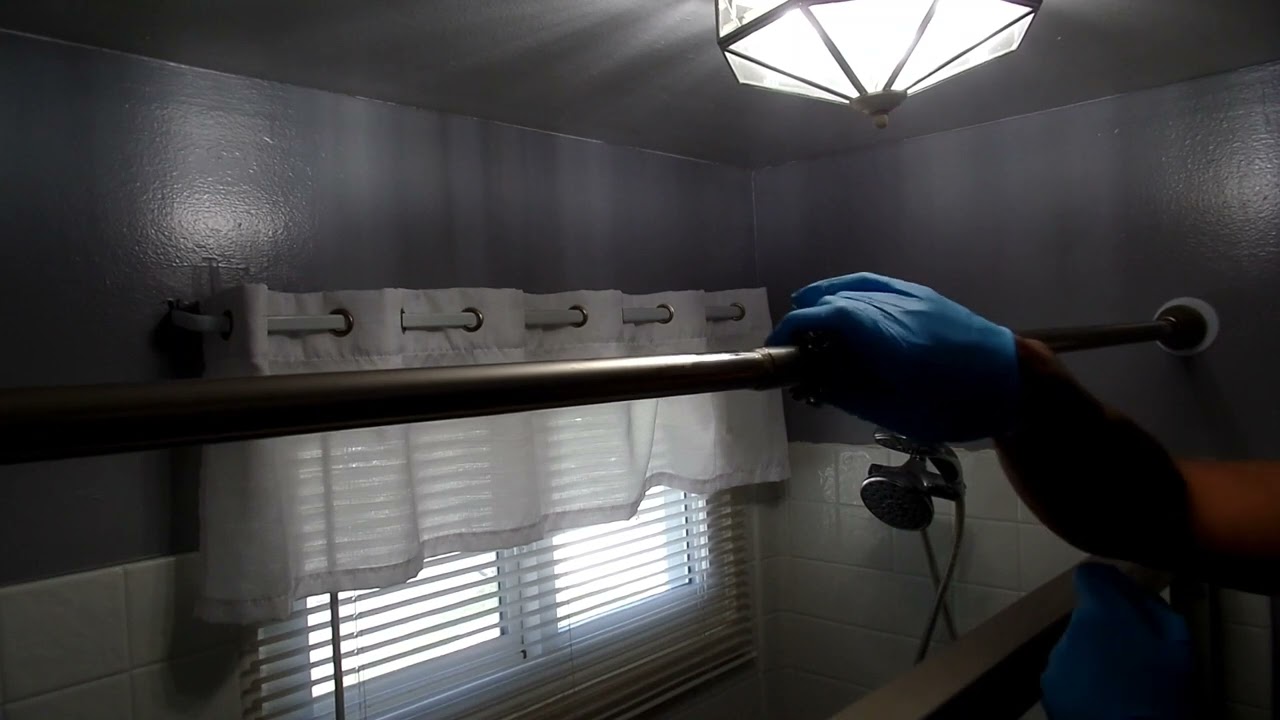
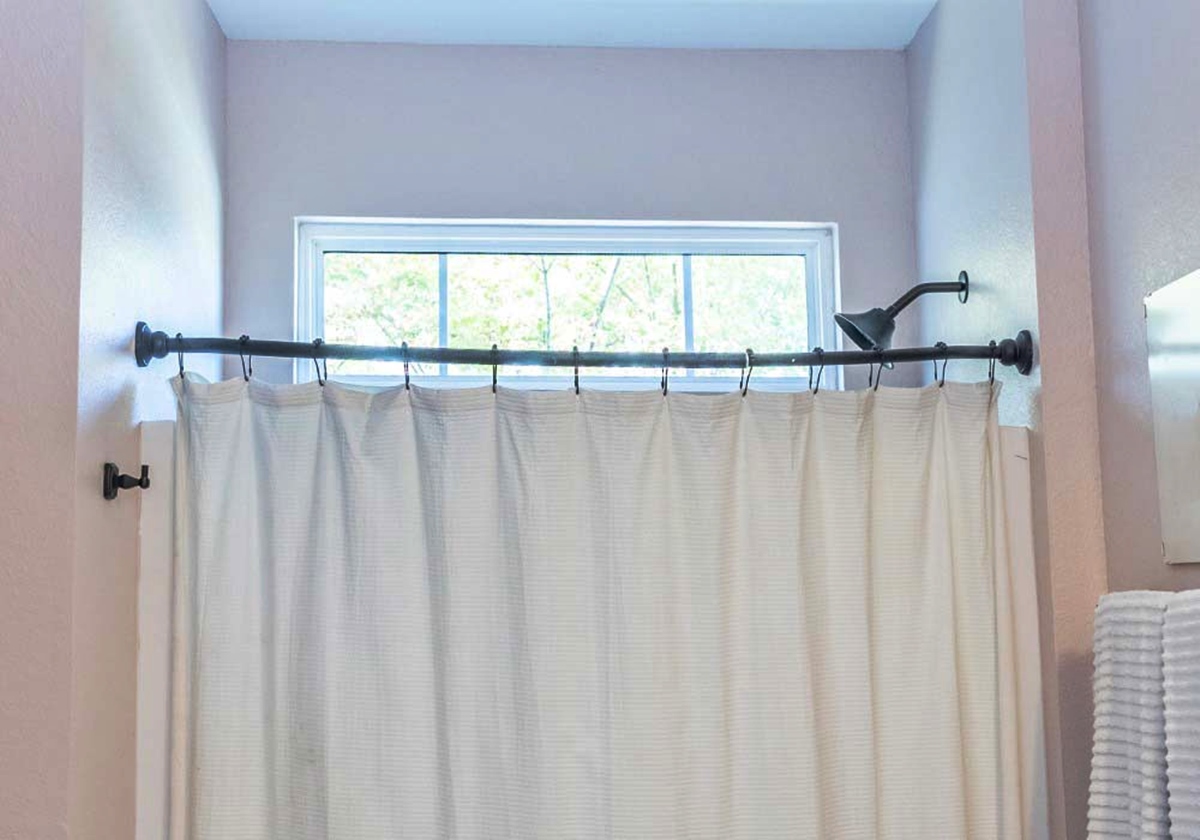
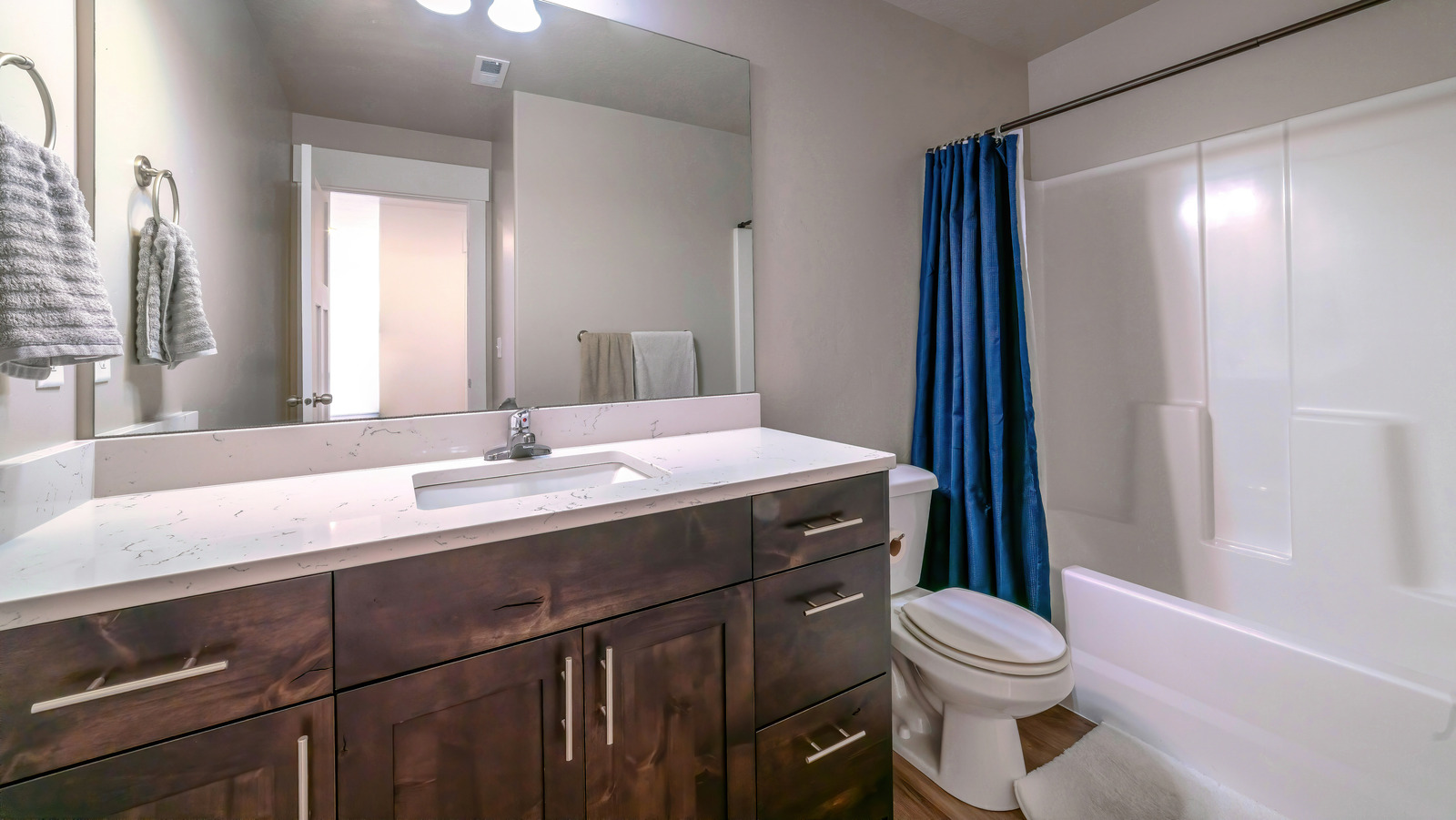
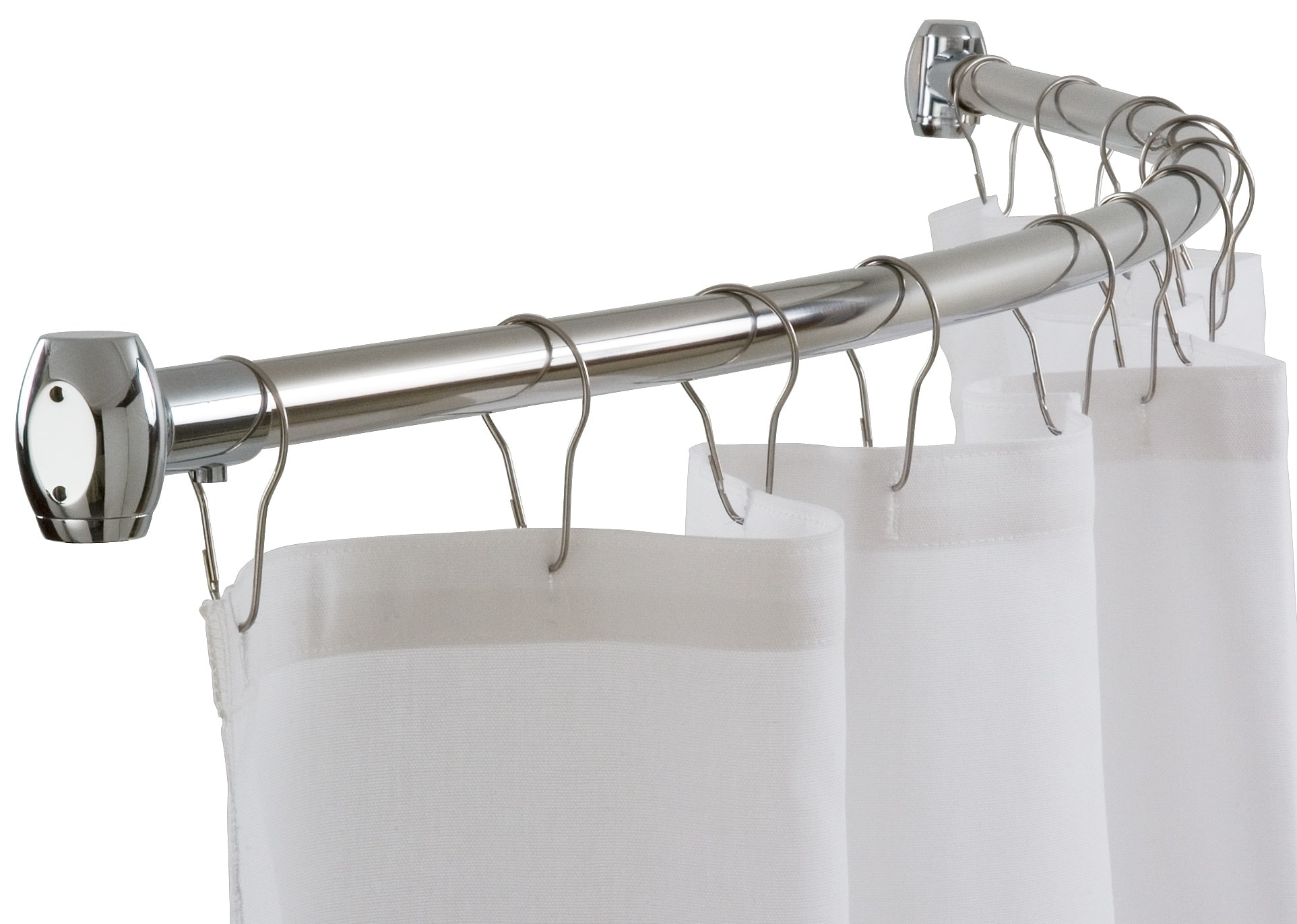
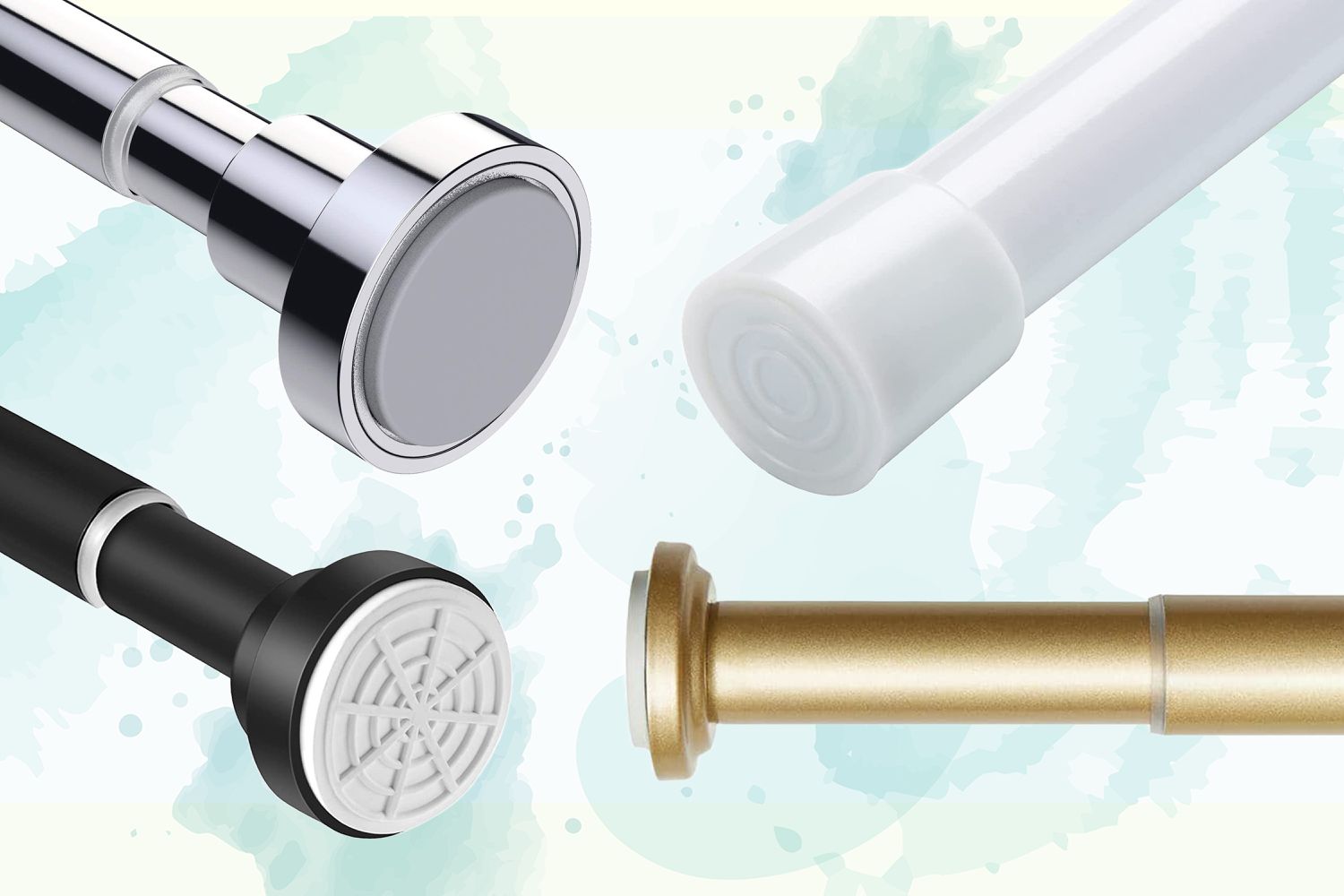
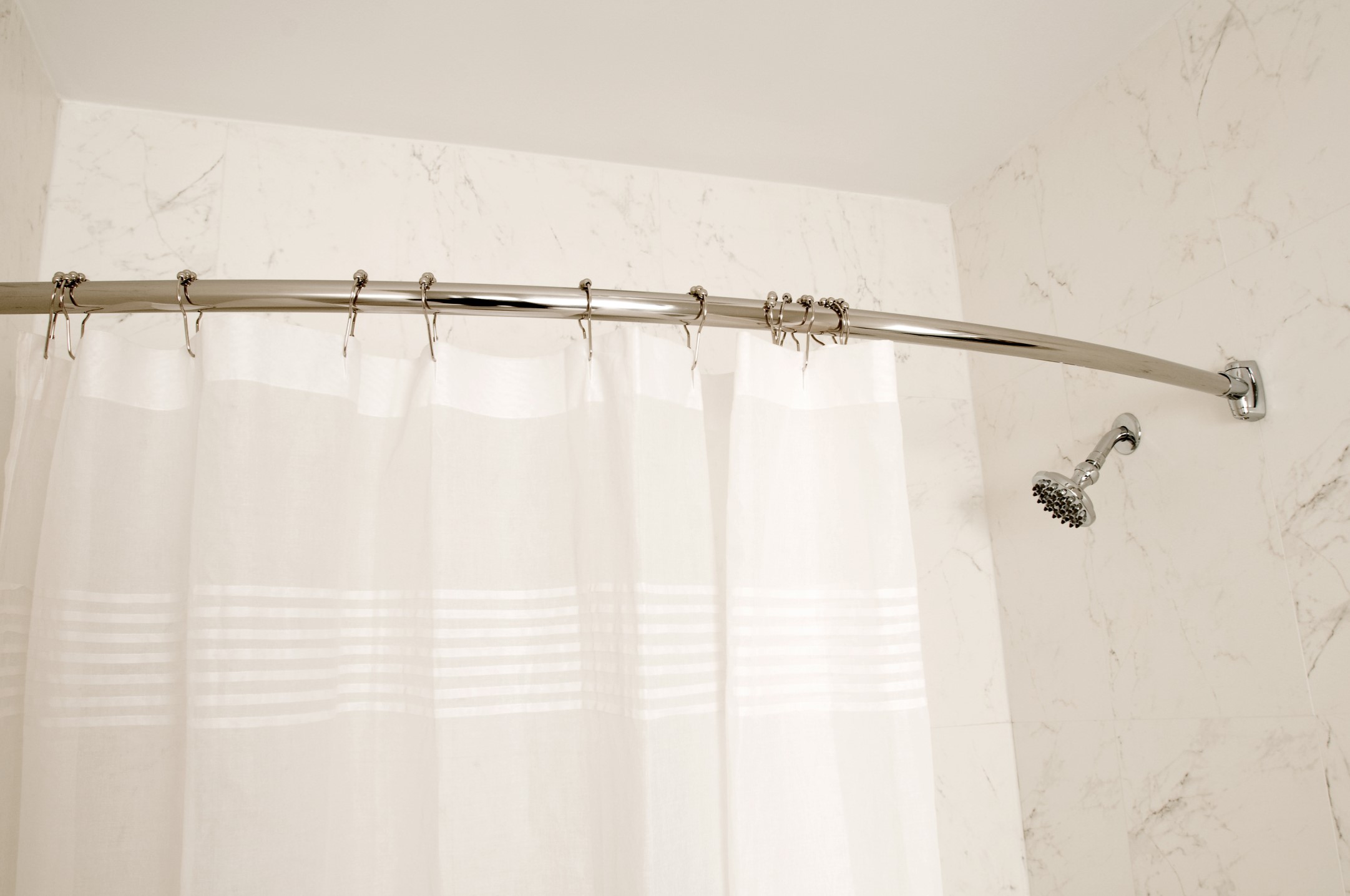
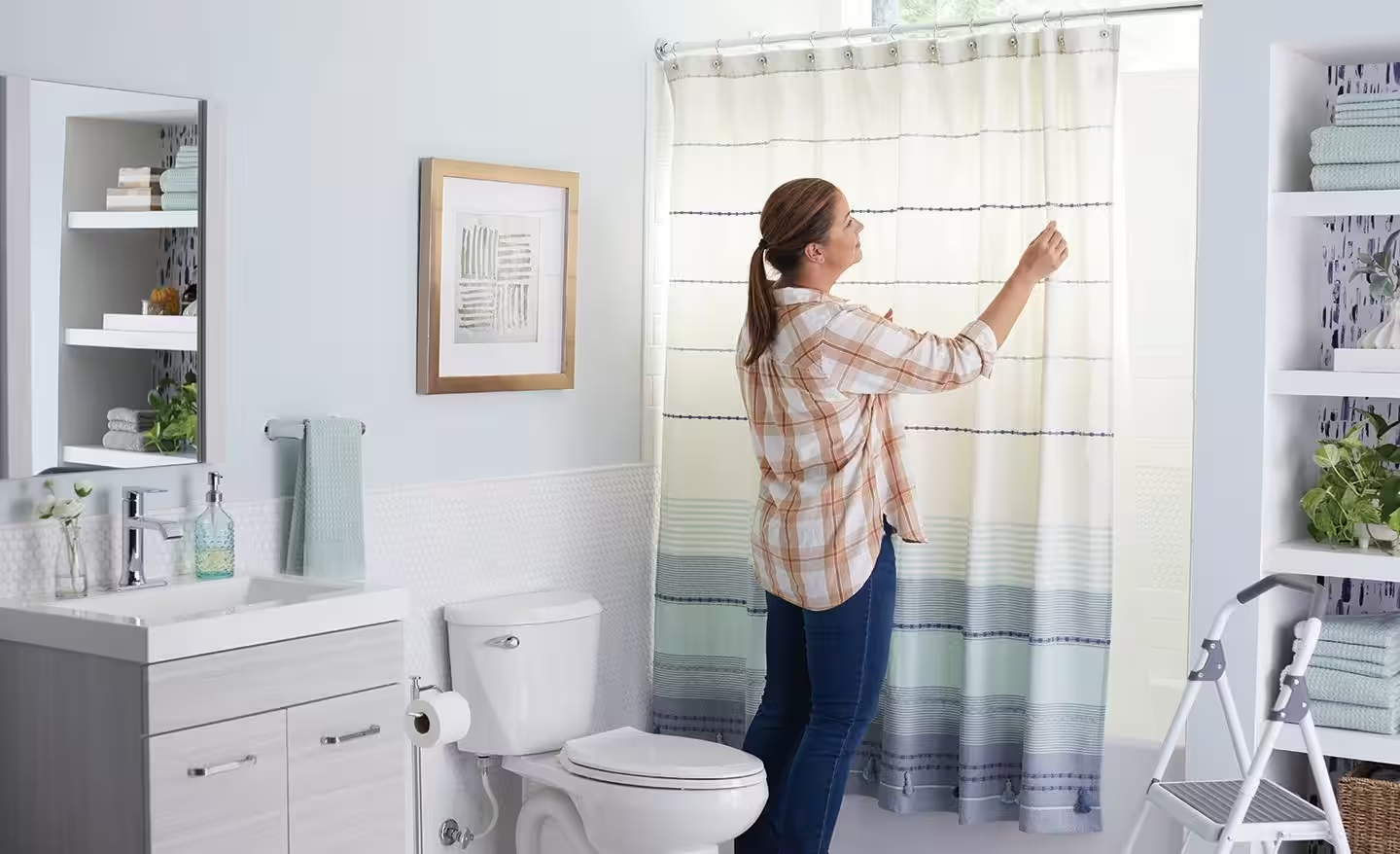
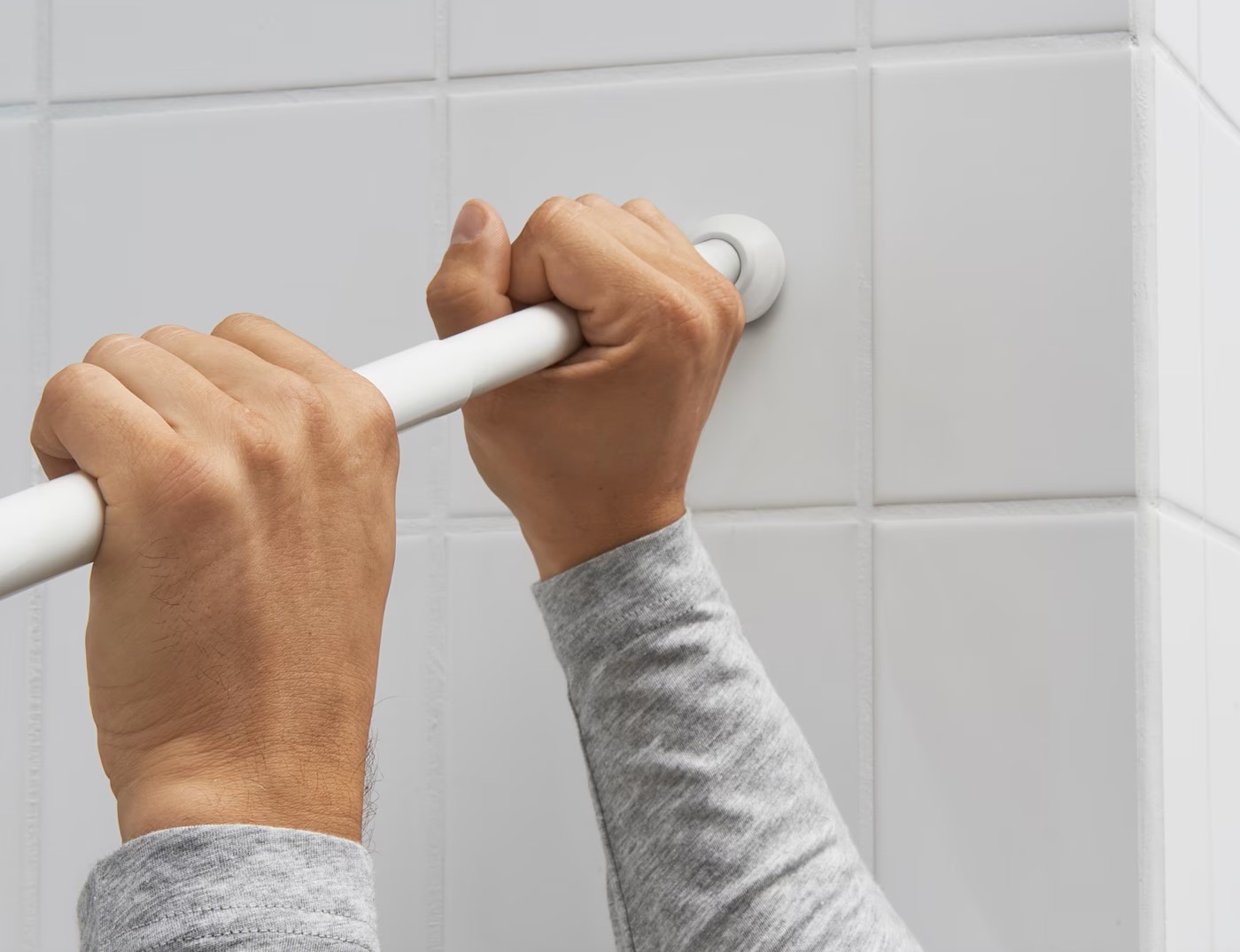

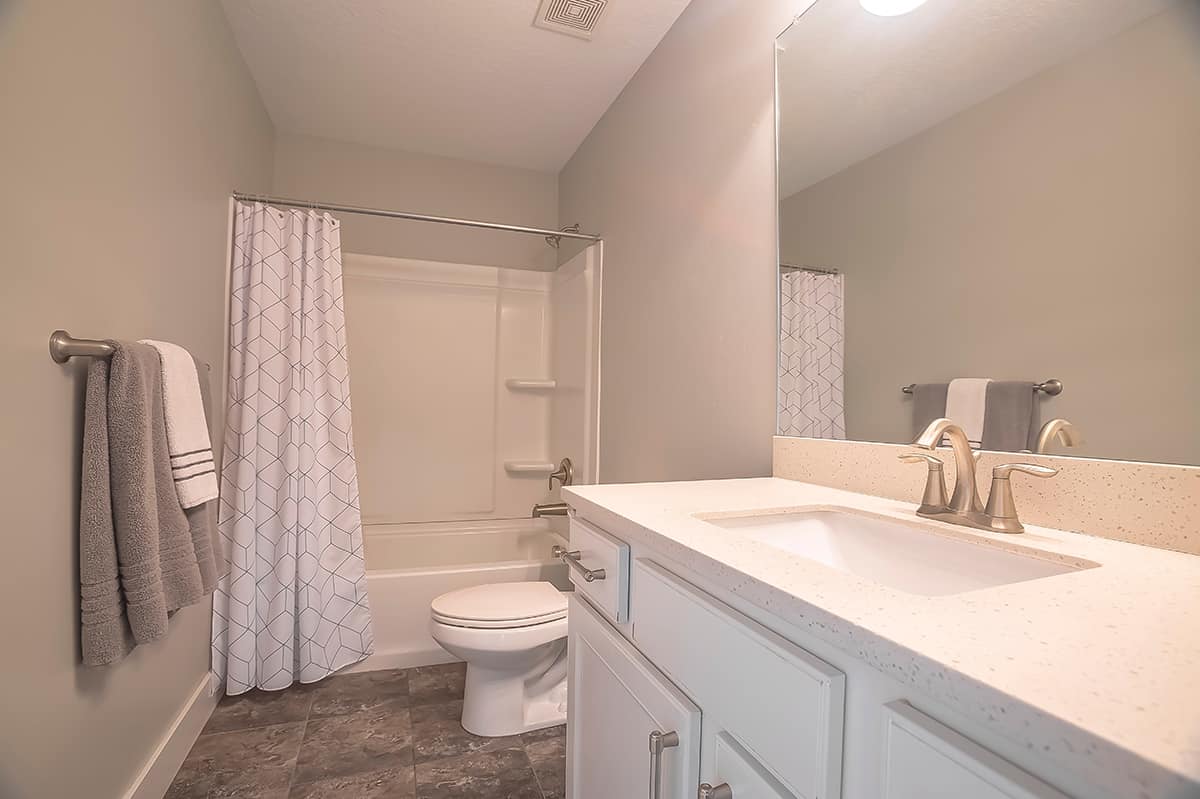
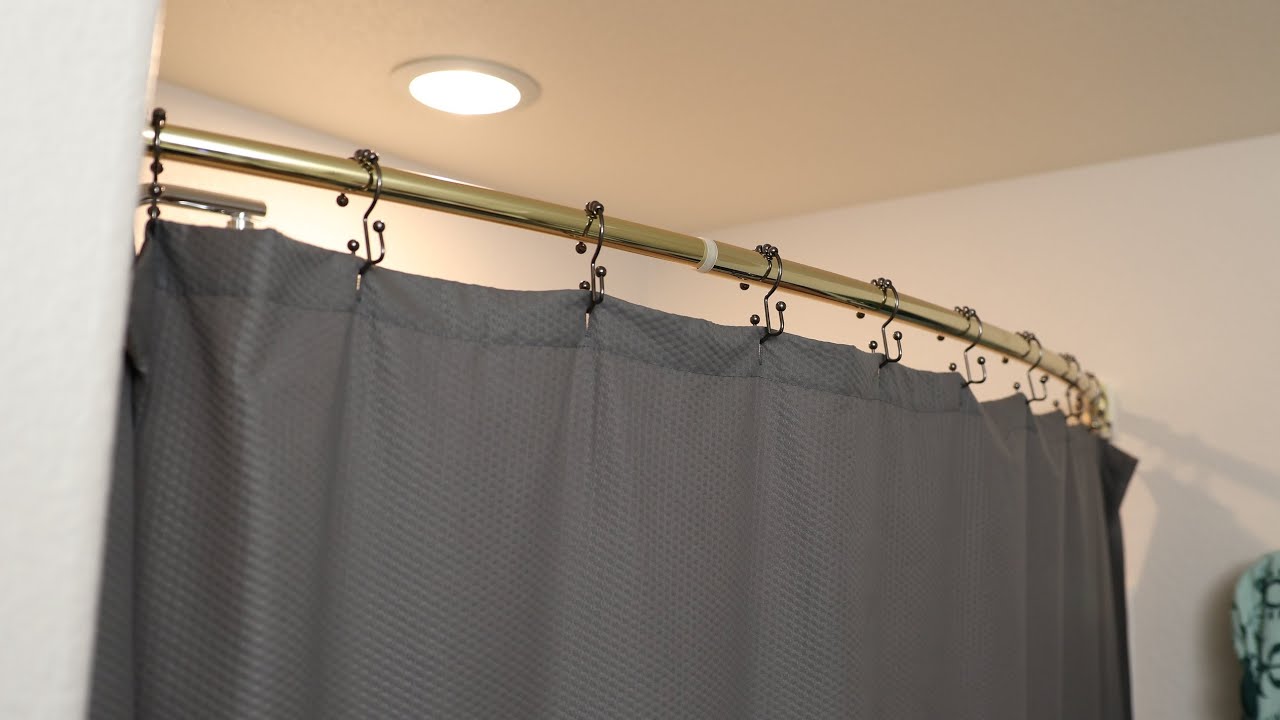
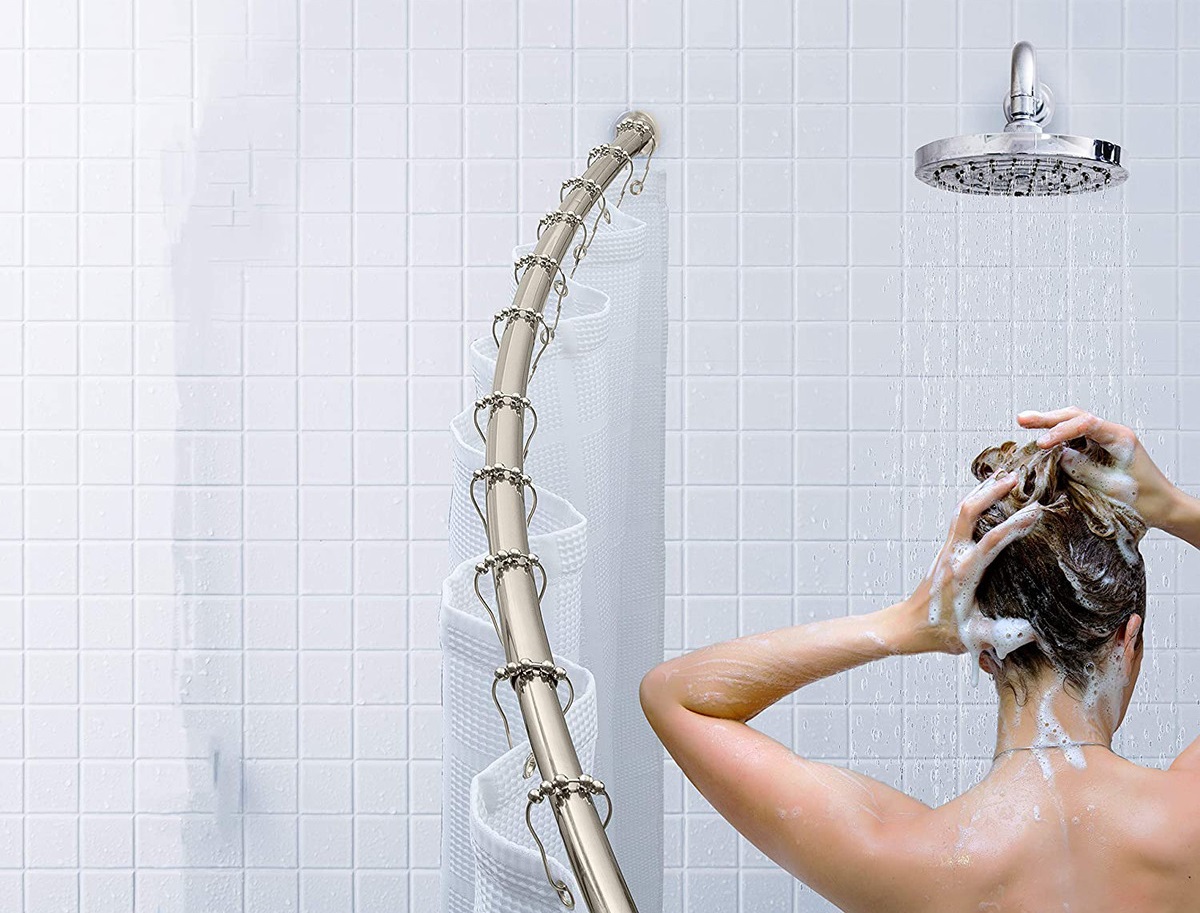
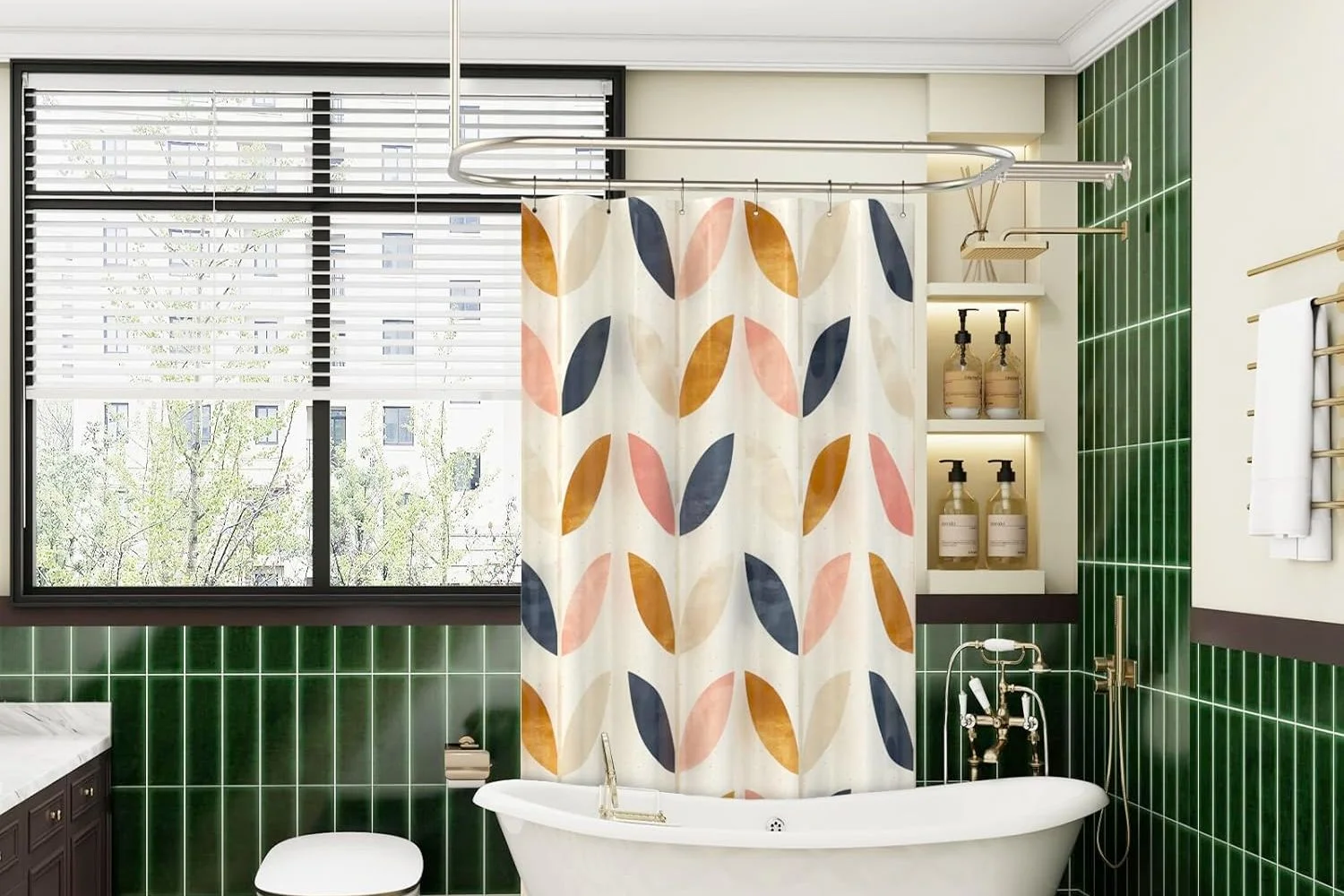
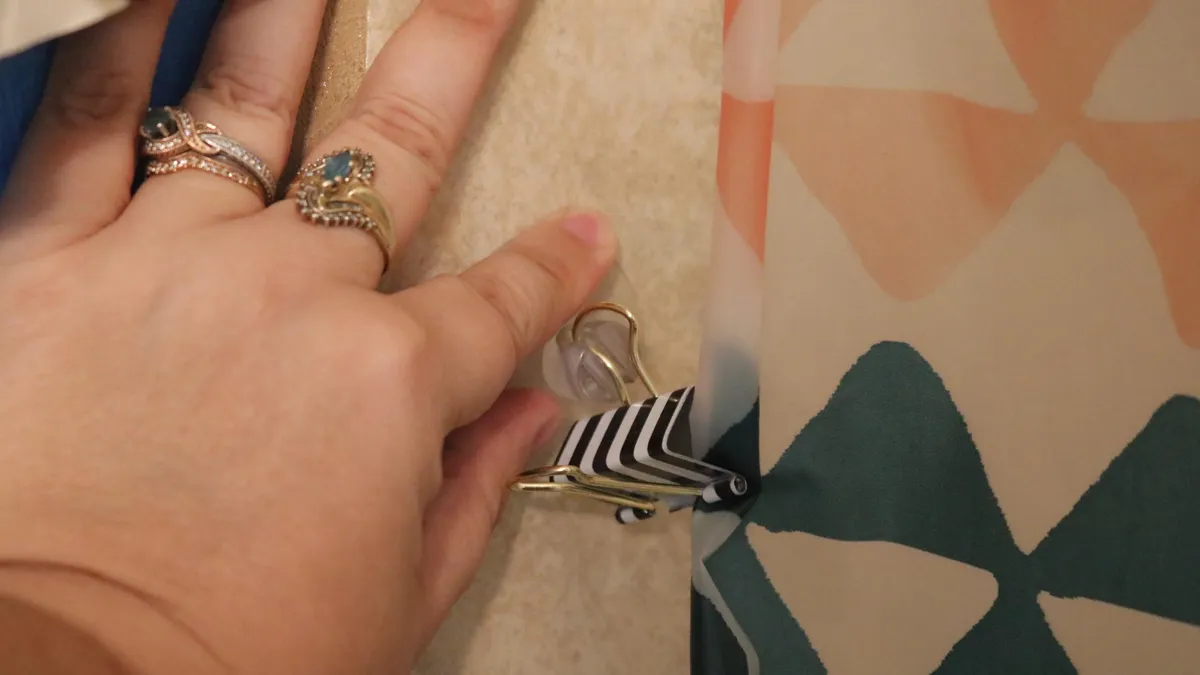

0 thoughts on “How To Keep A Shower Curtain Rod From Falling”